#touhou spoilers
Text
The fun thing about Yukari is that once you've identified all of the layers of indirection and pieced together all of the obscure references and sorted out all of the time travel bullshit, she literally just has the same character arc as every X-Men villain of the week:
Correctly identify a problem with society
Hold all humans equally responsible for this problem because class analysis is hard, okay
Absolve myself of any culpability for the problem I just blamed on all humans by rejecting my humanity
Launch a needlessly complicated scheme which, if successful, will culminate with instituting a new, functionally hereditary ruling class with myself at the head of it, because as everyone knows the antidote to late-stage capitalism is neo-feudalism
Somehow this involves blowing up the moon?
954 notes
·
View notes
Text

shes kind of cringefail but its okay i love her anyway
729 notes
·
View notes
Text

"Ah, Master Zanmu… You don't have to hold back, you know?"
(ik this line is probably about danmaku etc but come onnn)
#touhou#touhou 19#touhou spoilers#udoalg spoilers#hisami yomotsu#zanmu nippaku#bear paws#I couldnt sleep until I got this out of my head. o_o#zanhisa#zanmu
924 notes
·
View notes
Text


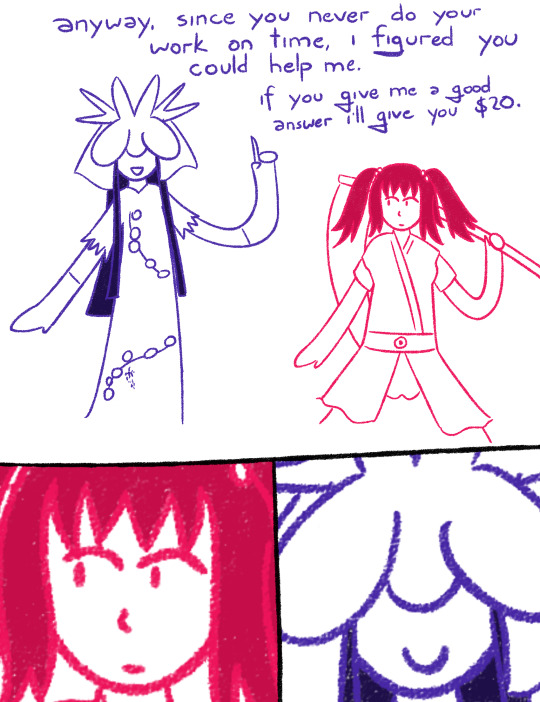
regular touhou #32: LET'S HEAR IT FOR WEIRD LESBIANS!!!!!!!!!!
#touhou#unfinished dream of all living ghost#hisami yomotsu#komachi onozuka#touhou spoilers#th19 spoilers#occasional art#non-occasional touhou#fortunately the poll results directly aligned with the newhu i most wanted to draw#i wanna draw zanmu next (I LOVE WHEN WOMEN SCHEME <3) but i want a better grasp on her character first
577 notes
·
View notes
Text

Touhou 19 is pretty neat.
#touhou#touhou project#touhou 19#unfinished dream of all living ghost#hisami yomotsu#biten son#zanmu nippaku#enoko mitsugashira#chiyari tenkajin#spoilers#touhou spoilers#stuff i did
509 notes
·
View notes
Text
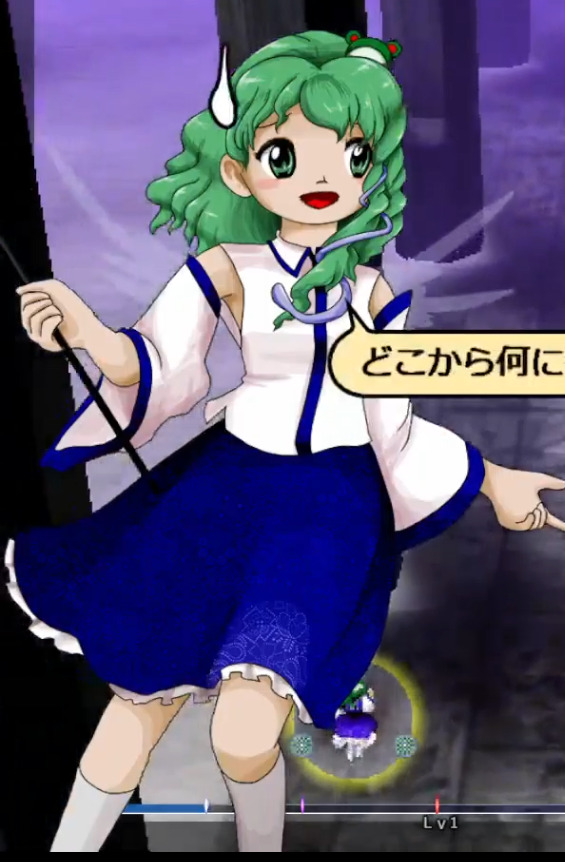
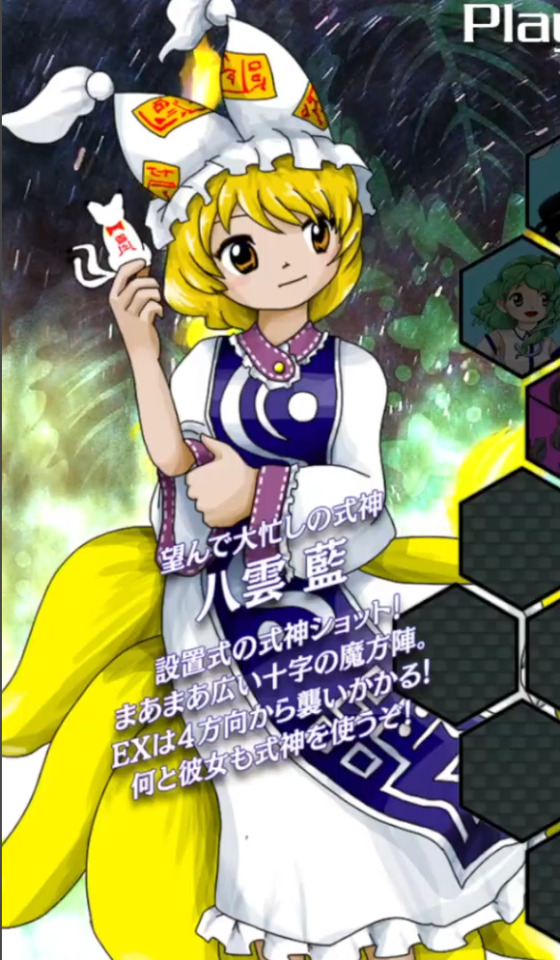
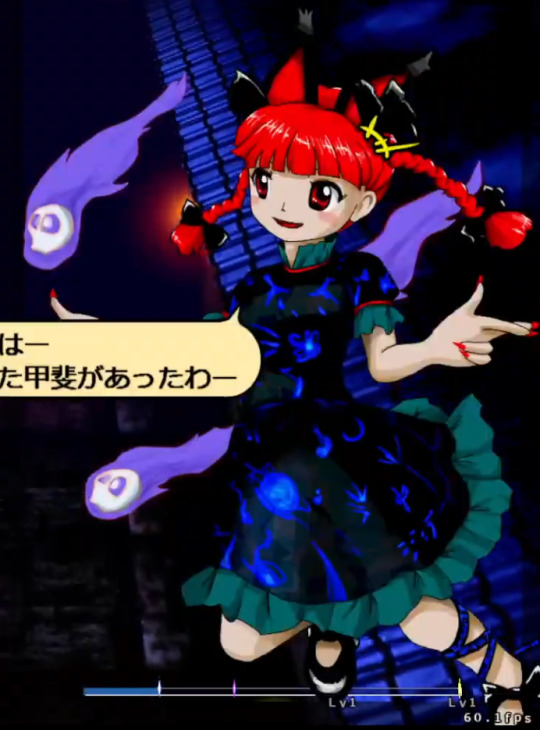



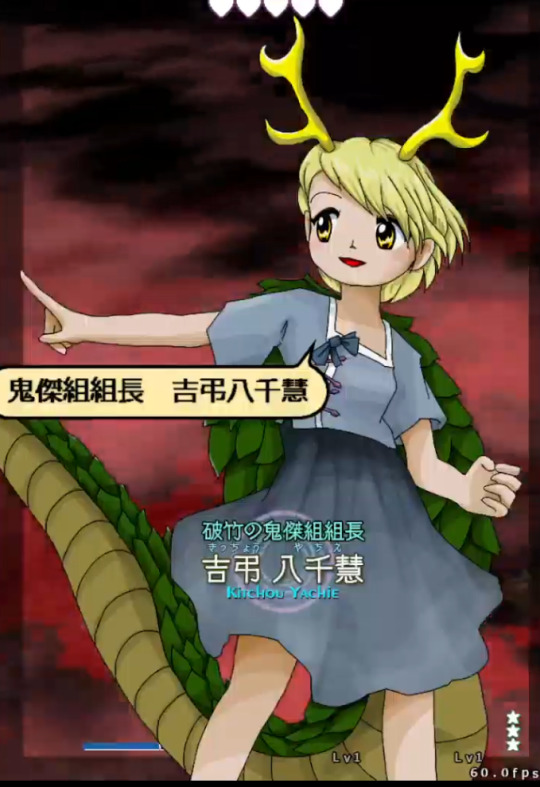



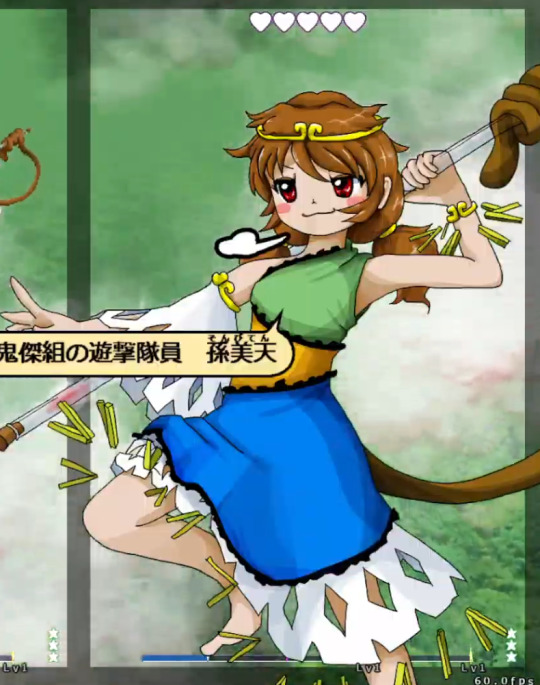

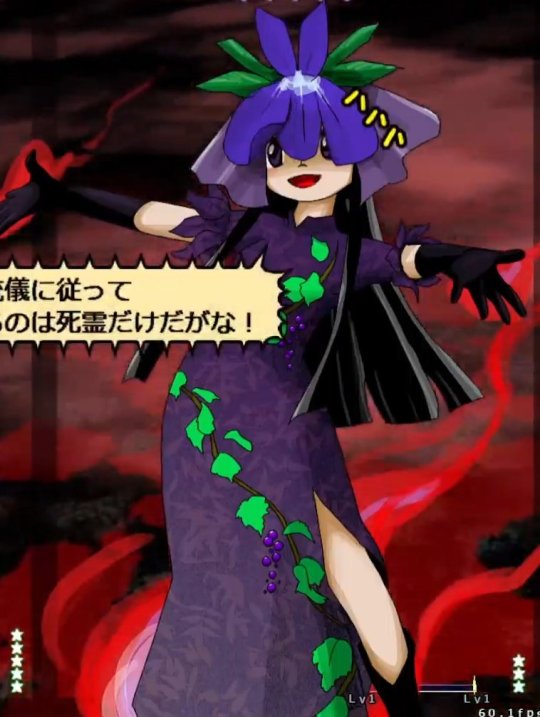

old and new
#touhou spoilers#touhou 19 spoilers#everybody is super cute#all the new girls are really good#sorry i love touhou so much
509 notes
·
View notes
Note
Idk if you've played any of the game/read any of the dialogue but if you have, are there any interactions or reveals you felt were particularly interesting in Touhou 19?
The fact that Ran is originally from the Animal Realm and old buddies with the three yakuza beasts.
265 notes
·
View notes
Text
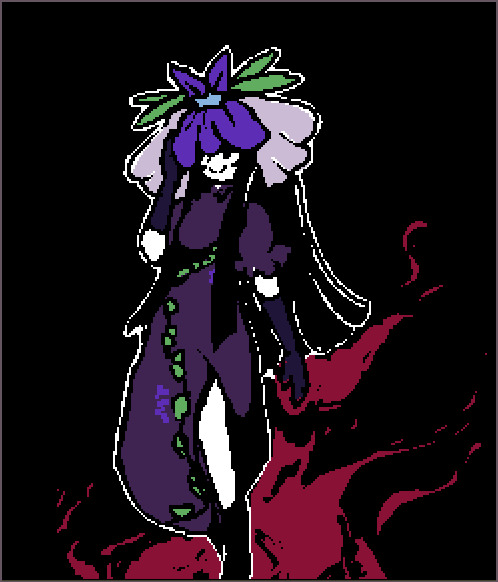
"quick" day 1 Hisami doodle
#touhou#touhou project#hisami yomotsu#yomotsu hisami#newhu#touhou spoilers#touhou 19 spoilers#I think she's kinda cool#especially her looks
398 notes
·
View notes
Text
The real life inspirations behind new characters in Touhou 19 (Unfinished Dream of All Living Ghost)
While I haven’t been posting much about Touhou as of late, I felt obliged to put together the customary post about the inspirations behind the new characters. The new game genuinely renewed my interest. In contrast with similar write-ups pertaining to previous games the research is not entirely mine - some of the sections are a result of cooperation between me and @just9art.
Without further ado, let’s delve into the secrets of the new cast. Find out if Biten is the first “Wukong impersonator” ever, when a tanuki is actually a badger, and why Hisami both is and isn’t an oni. Naturally, the post is full of spoilers. Also, fair warning, it's long.
1. Biten Son - sarugami + Sun Wukong

Sarugami means “monkey kami”, the monkey in mention being the Japanese macaque.To my best knowledge, the term is actually not used commonly in English - the results on jstor and De Gruyter are in the low single digits, Brill outright has nothing to offer. Translations are much more common.

Sarugami are particularly strongly associated with Mount Hiei. You might have heard of it because of its association with Matarajin, though in this case he’s not exactly relevant. Instead, it is believed the monkeys act as messengers of Sanno (the “mountain king”), Sekizan Myojin and Juzenji. Sanno himself could take the form of a monkey according to medieval texts, while Juzenji can be accompanied by a deity depicted as a man with a monkey’s head, Daigyoji, known from the Hie mandala. Sarutahiko is also associated with monkeys based on the similarity between his name and the word saru.
Bernard Faure notes that despite the clearly positive portrayal of monkeys as semi-divine beings in service of these deities, their perception in folklore and mythology can nonetheless be considered ambivalent, because they could be viewed as aggressive. There are even examples of sarugami being portrayed as monstrous antagonists to be defeated by a hero. The best known tale of this variety is known simply as Sarugami taiji. It is preserved in the Konjaku monogatari. Here the sarugami is a fearsome monster who terrorizes a village and demands the offering of one young woman each year.
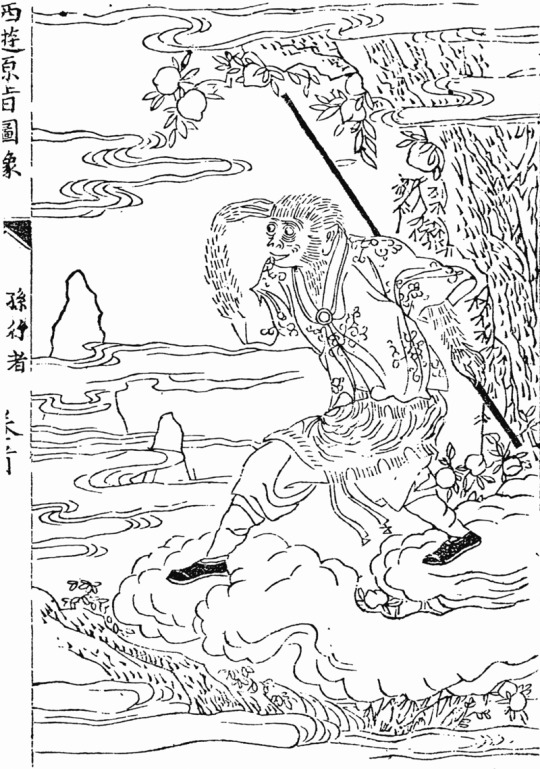
In contrast with the sarugami, I do not think Sun Wukong, one of the protagonists of the classic Chinese novel Journey to the West, needs much of an introduction. We reached the point where even in the west he is recognizable enough to warrant toys based on him (there’s a Lego Wukong on my desk right now). Biten's design has many callbacks to traditional portrayals of Wukong, including the staff (which in the novel is a pillar stolen from the undersea palace of a dragon emperor) and a very distinctive diadem (in the novel making it possible to pressure the unruly Wukong into obeying the monk he is meant to protect).
As a curiosity it’s worth noting that “fake Wukong” is not a brand new idea - in the novel itself, one of the enemies of the heroes, Six-Eared Macaque, actually impersonates him for a time.
Wukong is effectively himself a “divine monkey”, seeing as despite his origin as a literary character he actually came to be worshiped as a deity in mainland China, Taiwan and various areas with a large Chinese diaspora. The topic of Wukong worship itself came to be an inspiration for literature, starting with the excellent The Great Sage, Heaven’s Equal by Pu Songling, a writer active during the reign of the Qing dynasty, in the early eighteenth century.
2. Enoko Mitsugashira - “immortal yamainu” + Cerberus
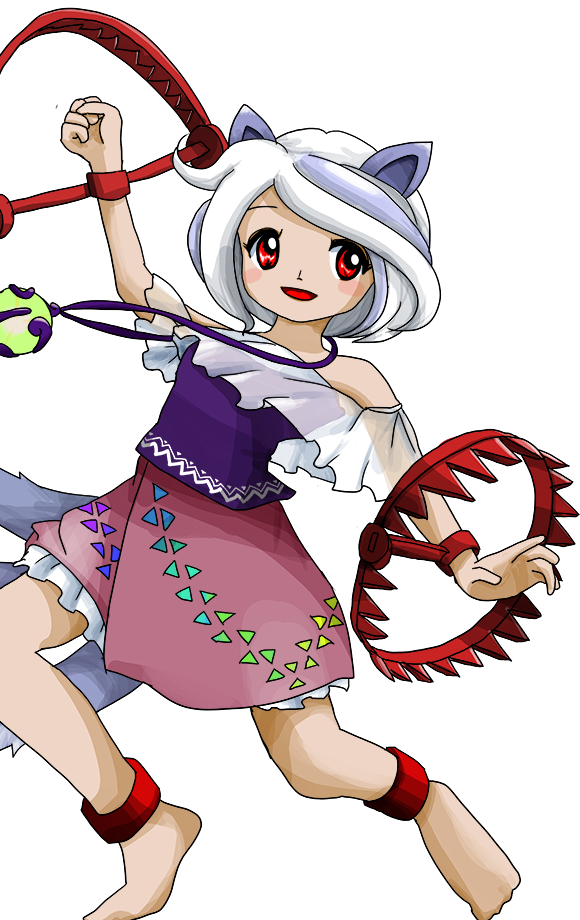
Enoko gets the least coverage here, because there really isn’t much to say. Yamainu, “mountain dog”, isn’t really a supernatural creature, it’s an old term for either the extinct Japanese wolf, a type of feral dog, or a hybrid between these. It can also be used as a synonym of okuri-inu, a youkai wolf believed to accompany travelers at night.

There’s actually a distinctly Journey to the West-esque component to Enoko’s backstory, but I have no clue if this is intentional. In the aforementioned novel, many of the antagonists, who are generally demonic animals, are motivated by the desire to devour the flesh of the protagonist, the Buddhist monk Tang Sanzang, because it is said to grant immortality. Granted, given the obscurity of the figure Zanmu is based on - more on that later - perhaps this is an allusion to something else we have yet to uncover.
Cerberus, being probably one of the most famous mythical monsters in the world, does not really need to be discussed here. The illustration is included mostly because I like Edmund Dulac and any opportunity is suitable for sharing his illustrations. I do not think it needs to be pointed out that Enoko's bear trap weapons are meant to evoke Cerberus' extra heads.
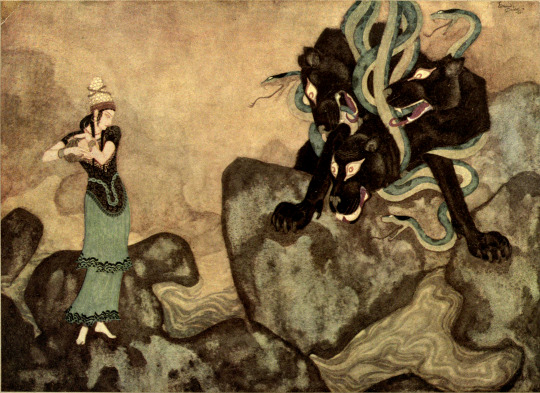
3. Chiyari Tenkajin - tenkaijin (+ mujina) + chupacabra

While my favorite animal youkai not yet featured in Touhou is easily the kawauso (otter), I was very pleased to learn we sort of got a mujina since I wanted to cover this topic since forever, but never got much of a chance. Technically Chiyari is actually meant to be a tenkaijin, which is not a mujina but a slightly different youkai (a will-o-wisp or St. Elmo’s fire-like creature, specifically) who in the single tale dealing with it takes the form of a mujina after dying, but as there is not much to say about it beyond that you will get a crash course in mujina folklore instead.

Today the word mujina is pretty firmly a synonym of anaguma - in other words, the Japanese badger. The animal does not substantially differ from other badgers, so I do not think much needs to be said about its ecology. However, historically the term could be used to refer to the tanuki regionally, or interchangeably to both animals, so in some cases if insufficient detail is provided it is hard to tell which one is meant.
This ambiguity extends to the folklore surrounding them, and generally if you know what to expect from tanuki tales, which I’m sure most people reading this do, you will instantly recognize many of the plot elements typical for mujina ones. In other words, it is yet another yokai which typically takes the role of a shapeshifting trickster. Some supernatural phenomena could be basically interchangeably attributed to mujina, tanuki, kitsune or kawauso. Mujina are commonly described taking the form of Buddhist monks, which is one of the many similarities between them and tanuki.

The most famous depiction of a shapeshifting mujina comes from Toriyama Sekien’s Konjaku Gazu Zoku Hyakki (The Illustrated One Hundred Demons from the Present and the Past). The accompanying text compares the creature to the supernatural versions of kitsune and tanuki, and states that the artist relied on a tale according to which a mujina was able to successfully impersonate a Buddhist monk until accidentally revealing its tail.
What makes the mujina special is that it is actually the oldest recorded example of a youkai of this sort. A mujina tale already appears in the early Japanese chronicle Nihon Shoki, dated to 627. It reports an incident of a mujina transforming into a human and singing somewhere in the Michinoku Province. I feel like this alone is a good example of why you should be wary of people who seek to present Nihon Shoki or Kojiki as historical truth.
Western audiences as far as I know were first introduced to mujina by Lafcadio Hearn. To my best knowledge, the fabulous shapeshifting badgers however failed to gain the popcultural recognition enjoyed by tanuki and kitsune. They did appear in Shigeru Mizuki's stories every now and then, and I found a mascot character based on them, but overall there isn't all that much beyond that.
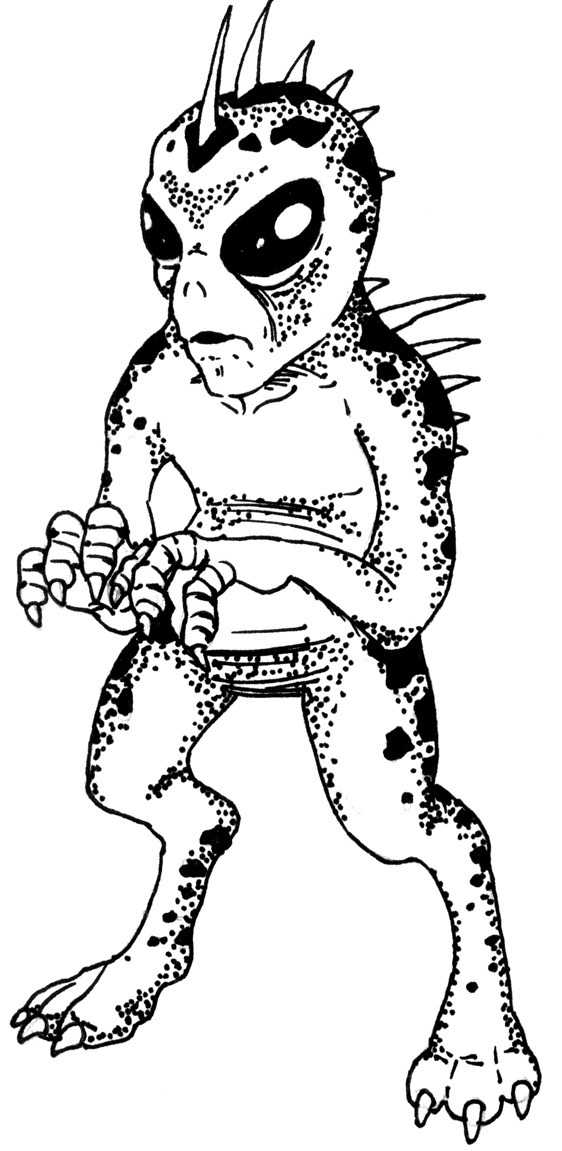
Naturally, there isn't much mujina in Chiyari's design, and she instead most likely owes her distinctly spiky appearance to the other inspiration behind her character, the chupacabra. Mujina are not really portrayed as bloodthirsty, but the poorly documented tenkajin apparently is, which is presumably why ZUN decided to connect Chiyari with the chupacabra, the best known modern blood-drinking creature, who first appeared in tall tales from 1995 and subsequently took popculture by storm after spreading from Puerto Rico to mainland USA and Mexico. I am not a chupacabra aficionado so I have little to offer here, sadly.
4. Hisami Yomotsu - yomotsu-shikome
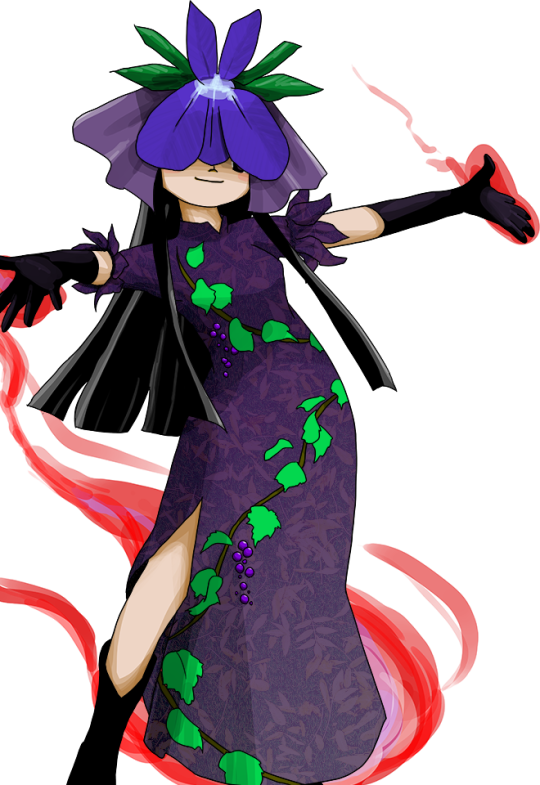
Judging from what I’ve seen on social media and on pixiv, Hisami is shaping up to be one of the most popular new characters (she’s my fave too). In sharp contrast with that, her basis is pretty obscure. So obscure that there isn’t even any historical art to showcase, as far as I can tell (note that this blog claims night parade scrolls might have something to offer, though - I was unable to verify this claim for now, sadly). As we learn from her bio, she is supposed to be a yomotsu-shikome. They’re called the “hags of Yomi” of Yomi in Donald L. Philippi’s Kojiki translation. The term shikome can be literally translated as “ugly woman”. Nothing about them really implies femme fatale leanings we are evidently seeing in Touhou but I’m not going to complain about that.
Yomotsu-shikome appear only in the Kojiki and the Nihon Shoki, and in both of these early chronicles they are portrayed as servants of Izanami after she died and came to reside in Yomi, the land of the dead. Nihon Shoki states there are only eight of them.
The distinct grape vine motif present on Hisami’s clothes seems like an obvious reference to Izanagi’s escape from Yomi following his meeting with Izanami, portrayed in the myth recorded in both of these sources. When the yomotsu-shikome started to pursue him, he threw a vine he used to hold his hair at them. The plant instantly bore fruit, which the entities started to eat. They later resumed the chase, but were once again held back, this time by a bamboo shot. According to the Nihon Shoki, they eventually give up after he creates a river from his piss (sic) to keep them away.

Yomotsu-shikome are sometimes compared to oni by modern researchers. Noriko T. Reider in her monograph about oni argues that alongside hashihime and yamanba (pictured above) they can be effectively grouped with them. Another researcher, Michael D. Foster, is more cautious, and states that despite clear similarities it’s best to avoid conflating oni-like female demons with female oni proper, especially since the latter have a distinct iconography and a distinct set of traits. Norinaga Motoori, the founder of kokugaku or “national learning”, a nationalist intellectual movement in Edo and Meiji period Japan, claimed that oni were based on yomotsu-shikome, which is a pretty dubious claim. It is ultimately not certain when the term oni started to be used, but it is safe to say it has continental origin. And, of course, oni permeate Japanese culture in a way yomotsu-shikome do not.
5. Zanmu Nippaku - Zanmu
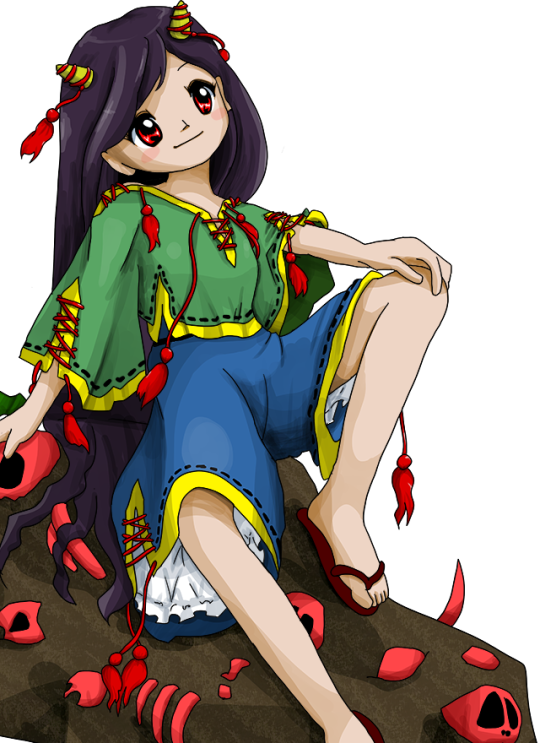
This was the toughest mystery to solve, and I am fully indebted to 9 here, since they figured it out, I am merely depending on what they directed me to. Research is still ongoing, and it feels like we just started to untangle this mystery, so you can safely expect further updates.
Zanmu appears to be based on the Buddhist monk… well, Zanmu. You can learn a bit about him here or on Japanese wikipedia; it seems there are quite literally 0 sources pertaining to him in English, and even in Japanese there is actually very little. Their names are not written the same, ZUN swapped the sign for “dream” from the original name for one which can be read as “nothingness”. If the unsourced quote on wikipedia is genuine, the reason might be tied to the personal views of the irl Zanmu. What little we’ve been able to gather about him is that he was active in the Sengoku period, and apparently was regarded as unorthodox and eccentric. This lines up with Zanmu’s omake bio pretty well. Seems the real Zanmu was also unusually long lived, and was able to recall events from distant past in great detail, though obviously the figure of 139 years attributed to him in a few places online has to be an exaggeration.
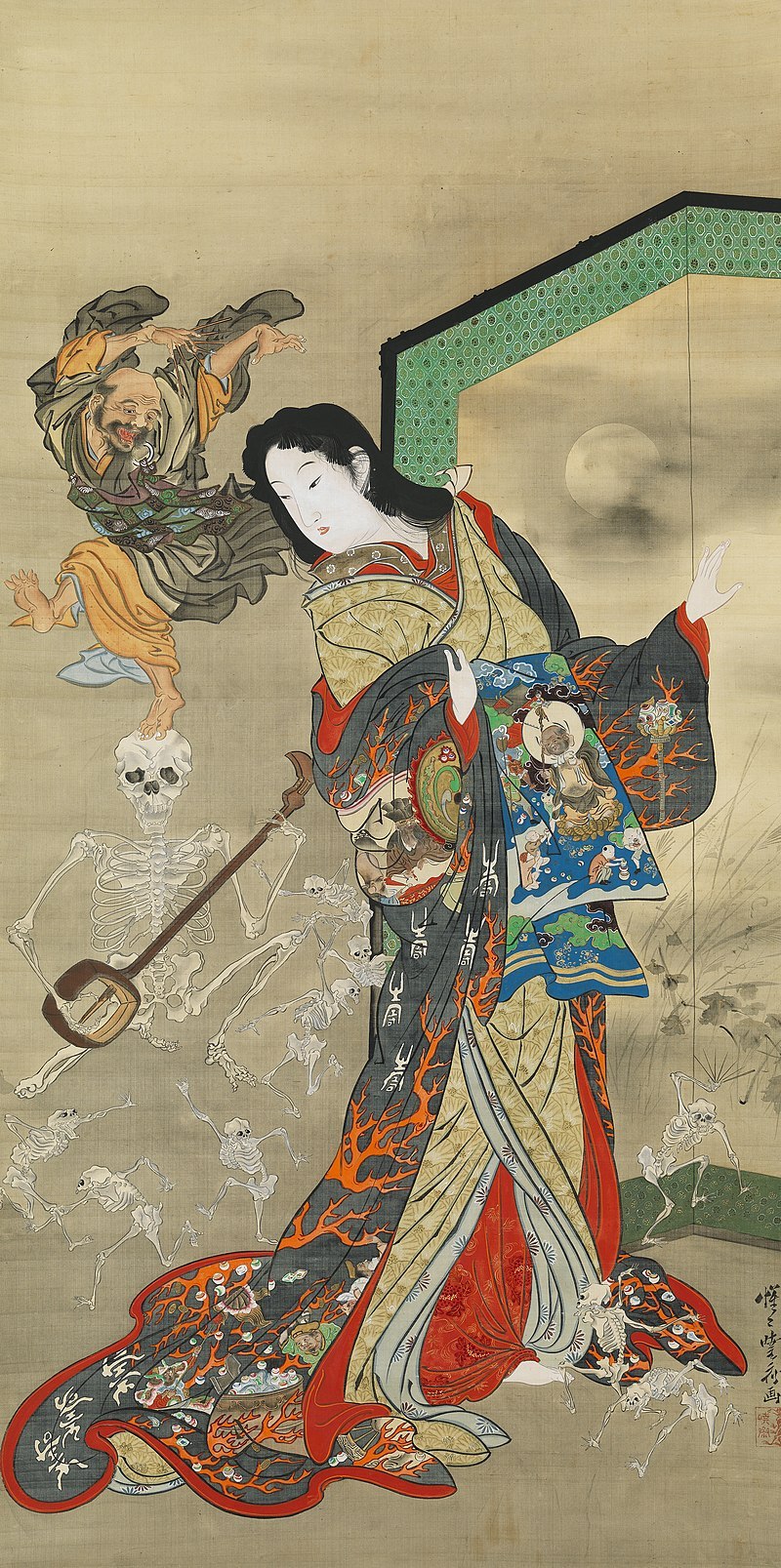
Yet more puzzling is the reference to Zanmu’s familiarity with Ikkyo you might spot in the linked article. Whether the famous Ikkyo who you may know from the tale of Jigoku Dayu is meant is difficult to determine. The chronology does not really add up; on the other hand the logic behind associating one eccentric semi-legendary monk with another in later legends isn’t particularly convoluted. As 9 pointed out to me, if ZUN was aware of this link, and the same Ikkyo really was meant, it is not impossible the connection between Zanmu and Hisami is meant to in some way mirror that between Ikkyo and Jigoku Dayu.
As you can easily notice, it’s pretty clear the historical Zanmu was male. It does not seem his Touhou counterpart is, obviously. I would say we should wait for more info until declaring that we have a second Miko situation on our hands, with a male historical figure directly reimagined as a female character without any indication we are dealing with a relative rather than the real deal. There’s still relatively little info to go by so I would remain cautious (though naturally this is not meant to discourage you from having headcanons).
Neither me nor 9 were able to find any connection between the historical Zanmu and oni… so far, at least. Therefore, what motivated ZUN to make Zanmu an oni remains to be discovered.
As a final curiosity, on a semi-related note it might be worth pointing out that while not as common as their male peers, female oni are not a modern invention, and already appear in setsuwa from the 13th century. A particularly common motif are tales describing a woman turning into oni due to jealousy or anger.
Further reading:
Jason Colavito, The Secret Prehistory of El Chupacabra (2011)
Bernard Faure, Gods of Medieval Japan vol. 1-3 (2015-2022)
Michael Daniel Foster, The Book of Yokai. Mysterious Creatures of Japanese Folklore (2015)
John Knight, Waiting for Wolves in Japan. An Anthropological Study of People-wildlife Relations (2003)
Noriko T. Reider, Japanese Demon Lore (2010)
272 notes
·
View notes
Text

i lorve her
339 notes
·
View notes
Text
The whole thing with Reimu's route in Touhou 19 has got me wondering whether this is the first time she's ever beat someone up for a crime they haven't committed yet because her incident-resolving intuition is slightly out of sync, or whether this is, like, a regular thing.
#gaming#video games#touhou#touou 19#reimu hakurei#violence mention#touhou spoilers#touhou 19 spoilers#spoilers
304 notes
·
View notes
Text

like im sorry but im very emotional about nazrin right now. they traumatized my ratgirl
#also byakuren shouldve been in the game to calm her down. give me more byakuren content. wheres my mom#touhou spoilers#th19 spoilers#nazrin#byakuren hijiri#touhou project#my drawing#colored stuff
228 notes
·
View notes
Text

hisami
255 notes
·
View notes
Text



hello tumber today i bring you more weed smorking cyptid girl 😊!!!
#digital art#my art#chiyari tenkajin#touhou 19#touhou spoilers#udoalg#doodle#shitpost#yuuma toutetsu#touhou#touhou fanart
362 notes
·
View notes
Text

GO TO HELL
306 notes
·
View notes
Text
from the touhou wiki, an excerpt of hisami's official profile
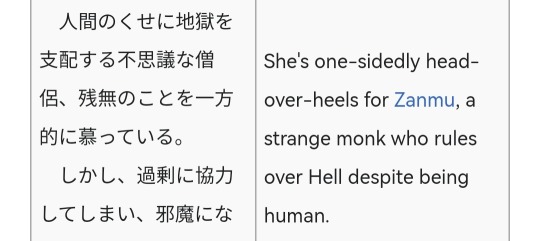
first touhou to actually canonically have a crush on another touhou! and shes insane! another win for the lgbt community
#touhou#touhou 19#unfinished dream of all living ghost#touhou spoilers#hisami yomotsu#beautiful stalker of hell#<- which is apparently her title according to the wiki! ill be using that to tag posts with her unless the official translation changes it
264 notes
·
View notes